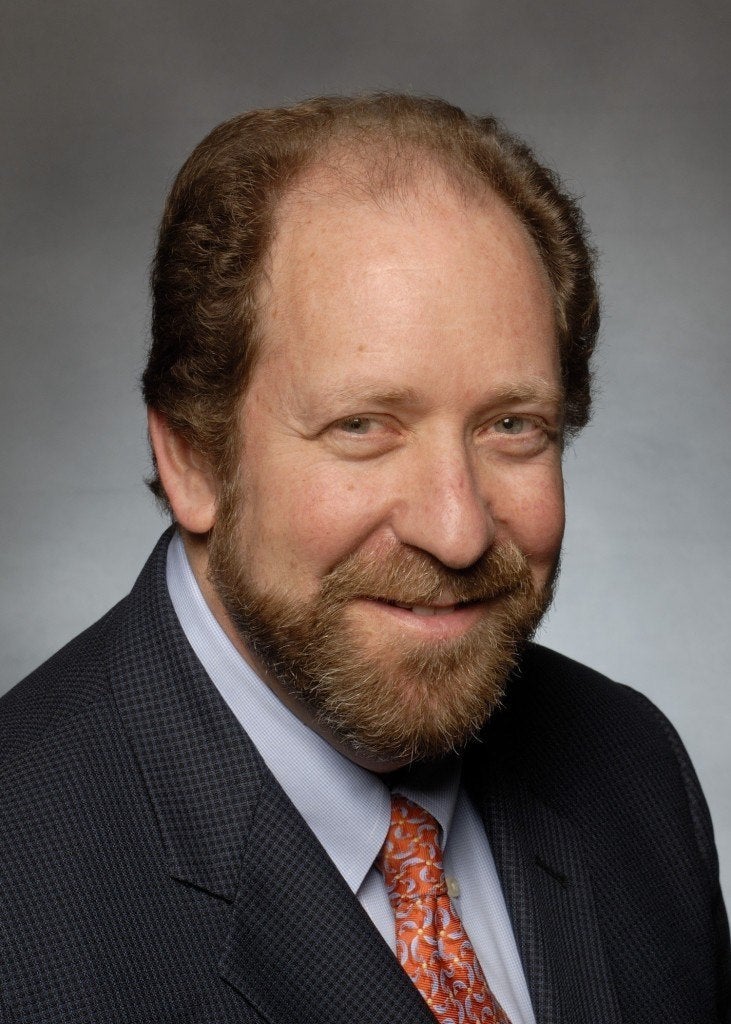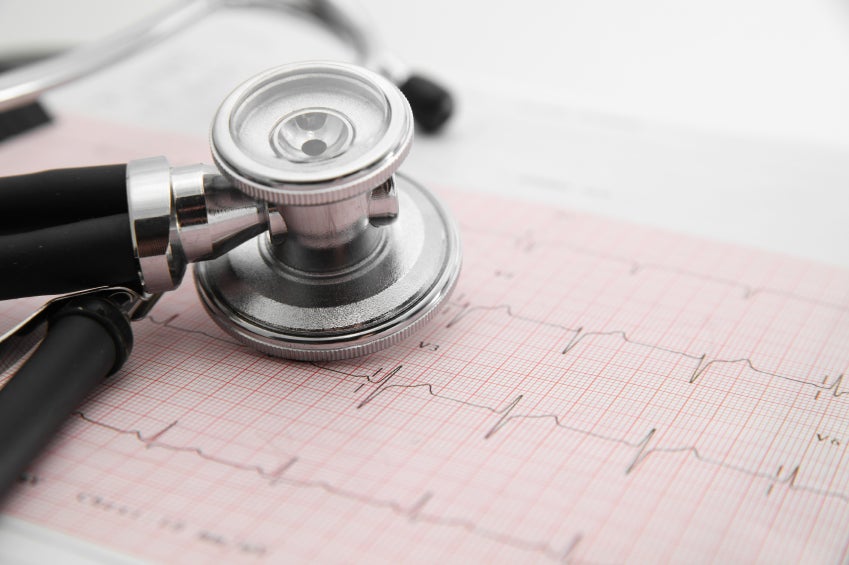 In his recently published article, “Nutrition education in an era of global obesity and diabetes: Thinking outside of the box,” Dr. David Eisenberg asserts that self-care skills are key in battling lifestyle-related diseases such as obesity and diabetes. The heart of his message: Teach medical professionals about nutrition and self-care so that they will be better prepared to teach patients valuable skills for leading healthier lives.
In his recently published article, “Nutrition education in an era of global obesity and diabetes: Thinking outside of the box,” Dr. David Eisenberg asserts that self-care skills are key in battling lifestyle-related diseases such as obesity and diabetes. The heart of his message: Teach medical professionals about nutrition and self-care so that they will be better prepared to teach patients valuable skills for leading healthier lives.
Below, we ask Dr. Eisenberg to elaborate on some of his article’s key points.
1. You explain that only 27 percent of U.S. medical schools teach the recommended 25 hours of nutrition, and even then the content is mostly biochemistry rather than “practical”advice about diet. Few physicians (14%) report feeling adequately trained in nutrition counseling. In the year 2015, why are med ical schools still not teaching nutrition? Is it because the science is constantly evolving, making it tough to create a new curriculum each year, or did medicine simply not anticipate the need to combat our industrial food environment?
ical schools still not teaching nutrition? Is it because the science is constantly evolving, making it tough to create a new curriculum each year, or did medicine simply not anticipate the need to combat our industrial food environment?
Decades ago, when current required curricula were developed, I don’t believe medical educators had any inkling of the public health “tsunami” regarding obesity and diabetes that we and the rest of the world are now facing. Now we realize we must make a radical shift. While science is evolving in the area of nutrition, lifestyle and self-care, there is an increasing consensus that could easily be dropped into required nutrition courses. We know we should be eating more plant-based diets and less refined foods. We know we should be ingesting less sugar and red meat. Perhaps we should learn from an earlier generation of medical educators that physicians can be powerful role models, as was the case with smoking cessation in the 1960s and ‘70s.
2. People in France and Italy are shown to cook more than people in the US and UK, and these European populations also tend to have far lower obesity rates. You posit that cooking may affect a population’s health, leading you to introduce the concept of a “teaching kitchen” as a nutrition classroom – a place where people can learn about “self-care skills for life.”
You created “Healthy Kitchens, Healthy Lives,” an annual continuing medical education conference, to teach these self-care skills to health professionals, so that they can then teach their patients. What inspired you to design this program?
I come from three generations of Jewish bakers; my father ran a bakery in Brooklyn. Sadly he died of a heart attack at age of 39, which prompted me to explore a career in medicine. But I had already fallen in love with the notion of making delicious food for others. As I entered my medical career it struck me as terribly odd that almost nobody in my medical community knew how to translate anything about nutrition to advice about food or cooking. And therein was the kernel of the notion of bringing together the culinary community with the medical and public health community to envision a united front.
The teaching kitchen is a place to initially educate professionals but ultimately patients. It’s a place to teach people culinary literacy, which is at an all-time low. It’s also a place to talk about movement and exercise, because without these, one is not optimally well. The third leg of this three-legged stool is the need to teach health care professionals about mindfulness and behavioral change. Diet, movement and exercise, mindfulness and behavioral change are all necessary but individually insufficient to help people optimize their well-being and reduce risk or change the course of disease. Right now these fundamental self-care skills are neither taught nor required on board and licensure examinations. They should be.
3. Your article also talks about “salutogenesis” and “pathogenesis,” suggesting that we should focus more on the former in medical education. Can you elaborate on these concepts, including the role of epigenetics and personalized medicine and the role they play in health education?
Most medical education focuses predominantly on our understanding of how diseases occur, how to diagnose them, how to treat them, how to manage them, and ultimately how to provide palliative care when there are no more treatments available. That’s the half of the equation that I refer to when I say the “pathogenesis half.” The salutogenesis half of the health continuum is the half that focuses on health creation, health preservation, health enhancement. Most health care professionals have limited education and professional training in this critical domain.
As we learn more about genetic predisposition to disease risk, and the interaction between genetic predisposition and human lifestyle choice, we’re going to have to invent health delivery systems that focus on both salutogenesis and pathogenesis. In this article I’m excited to share an imagined view of health care delivery 25 and 50 years from now, where we still have many of the components that we’ve built over the last century, but in addition there are also centers accessible to everyone that look at movement and exercise. Teaching kitchens could also play a critical role in health care delivery of the future. Similarly, what we now refer to as mental health centers will not be constrained to psychopharmacologic intervention and psychotherapy, but will also offer opportunities for people to learn about meditation and mindfulness as well as health coaching. In short, “life skills” training will need to be as available as diagnostic testing and therapeutic interventions.
Additionally, as we shift from a “fee for service” medical reimbursement system to a predominantly capitated care and “pay for performance” system, financial incentives will – for the first time – favor those organizations that keep people healthy and out of the hospital, not those that perform more diagnostic services and therapeutic interventions. As such, the “teaching kitchen” model may enable forward thinking medical and corporate organizations to “do well while doing good” with regard to health care delivery.
4. Obesity and diabetes – and lifestyle-related diseases in general – are serious public health issues as both disease rates and our nation’s health care costs rise. While medical professionals are critical in reversing these trends, do you envision the “teaching kitchen” concept becoming widespread and accessible to the general public?
Yes, absolutely. The observation this year that 40 percent of Healthy Kitchens, Healthy Lives conference attendees already have teaching kitchens suggests that this wave is growing. I think it will get bigger and not be limited to health care organizations or hospitals. We have confidence that a model such as this could be applied to a work site, and collectively we are exploring ways to make this model scalable across multiple work sites. In my mind it’s possible to customize this approach for use by very large sectors of the population. The ultimate goal is to make this training in “life skills” accessible to our children at younger and younger ages, because if and when these health-promoting behaviors are really the norm for all children in all schools, it will become far easier to avoid the kinds of lifestyle-related disease burden we now are faced with.

